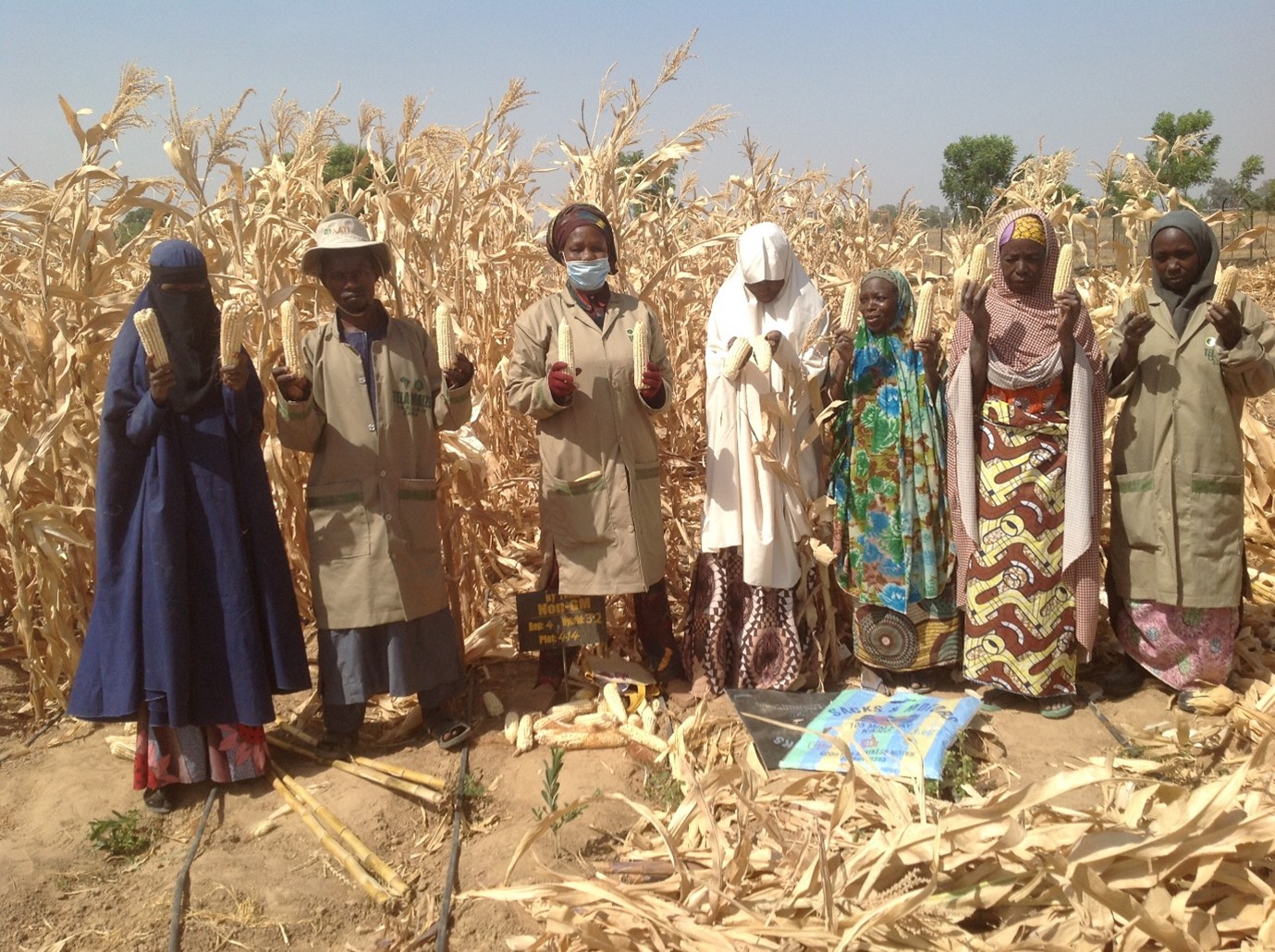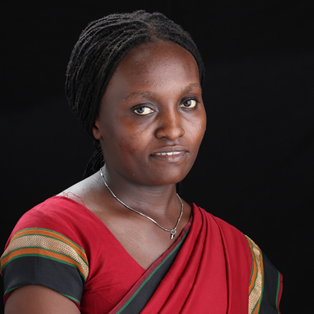By Denis Kyetere
Safeguarding food and nutrition security is critical if Africa is to overcome problems of hunger and malnutrition and eliminate poverty in all its forms. Over the years, we have seen encouraging progress being made towards attainment of a food secure Africa. Indeed, the FAO 2019 Africa Regional Overview of Food Security and Nutrition Report confirms this to be the case, with many African countries making progress regarding reducing malnutrition and food insecurity towards attaining Sustainable Development Goal.
However, Africa is not out of the woods yet. Many country governments have prioritized agricultural development goals as key to attainment of their overall economic development. In Kenya and Nigeria for example, agriculture sector is a major component of the two economies with an overarching goal of increasing agricultural productivity and incomes, especially for small-holder farmers.
This is similar in other countries and the narrative is repeated at regional and continental levels. Africa’s development priorities are currently spelled out in Agenda 2063 – the policy blueprint for the African Union’s economic development in the coming decades. Specifically, Agenda 2063 identifies agricultural development as a high priority, as laid out in the Comprehensive Africa Agriculture Development Program (CAADP) and reaffirmed in the Malabo Declaration on Accelerated Agricultural Growth and Transformation for Shared Prosperity and Improved Livelihoods. To sustain this momentum, African leaders resolved to promote programs that would generate a critical mass of technological expertise in targeted areas to improve agricultural productivity.
The role of science, technology and innovation (STI) in agricultural enterprise development cannot be discounted. Leveraging on STI has been proven to help farmers address bottlenecks that stifle productivity at the farm level. With over 82 per cent of the African population living in rural areas and wholly dependent on agriculture, the continent has no choice but to accelerate adoption of innovative technologies and sustainable approaches to food production – specifically technologies and systems that fit the smallholder form of agriculture.
However, the point of concern and key cause of delay in getting these technologies to farmers is the poorly functioning enabling environment of policies and markets in most countries.
For the sake of this discussion, technology can be defined as the application of innovative approaches and knowledge that embraces chemical, mechanical, and biotechnology methods to address farmer production constraints.
In recent years, we have seen technological advancement towards enhancing productivity of key staple crops including maize, rice, cowpeas, cassava, potatoes and bananas. What has clearly emerged is that with technology use, there is a significant difference in the crop performance and farmer gains.
For example, a genetically modified cowpea variety known as SAMPEA 20-T that is resistant to pod borer pest and was recently released in Nigeria in 2019 for commercial cultivation can yield five times higher than the conventional varieties, under reduced use of pesticides by farmers from 8 times per cropping season to only 2, translating into better and healthier lives for farmers. In addition, to manage Striga weed in maize farms, farmers can use herbicide-coated seeds that kill the devastating striga weed. These seed varieties known as StrigAway have been shown to boost yields by up to 300 percent and increase incomes by $400 per season.
Smallholder farmers in Kenya, Nigeria, Ethiopia and Mozambique could soon start planting Bt maize hybrids that can mitigate effects of climate change especially moderate drought and losses to insects such as stem borers and fall armyworm, thus safeguarding farmer yields and product quality. The maize is awaiting approval of respective regulatory authorities following successful pilot testing driven by national agricultural research systems.
Digitalization is a key development that is fast proving itself a useful partner of smallholder farmers spurring creation of viable agribusiness opportunities across the region. A recent example is the Agridrive App which has facilitated uptake of mechanization services. The App is now being utilised by farmers for several purposes including booking and paying of mechanisation services which has proven handy in the face of COVID-19 challenges.
Focusing on smallholder farmers ensures the most critical group that contributes to the food production value chain in the continent and that is negatively affected by most of the challenges affecting agriculture on the continent is well served and attended to. It is for this purpose that AATF elected to build its work around smallholders. However, it will take concerted efforts by governments, development partners, private sector, academia and specialized agencies, to usher in the much sought-after dream of a food secure continent and innovation is key to that.
Innovation however cannot thrive on its own and history has shown that it requires an enabling system to blossom and make the intended difference. There are three inter-related systems that contribute to a facilitative enabling environment. The first would be enactment and institutionalization of effective, efficient and workable policies, laws, and regulations. The second would be developing the capacity of the actors involved in the product value chain from research to regulatory management, production and commercialization. A third and most critical is government and political will. Where the first and second exist and there is no interference from the political class, a transparent, professional and legally predictive system that is self-regulated thrives. From our experience, it is the third system that seems to have the greatest impact on whether innovations in Africa make it to its users or not.
Over the years we have seen progress in a number of countries especially with regards to biotechnology. We saw countries like Nigeria enact and implement their biosafety system which facilitated release of the first genetically modified food crop in SSA outside South Africa. We witnessed various other countries make progress in their regulation of biotechnology, enhancing research and releasing products such as Bt cotton in Ethiopia and Kenya. Whereas these developments are to be lauded, it is important to note that governments have a statutory duty of care to institutionalize these processes to support growth in the sector.
In recent years, we have witnessed disruptions and delays affecting progress in research and release of otherwise technically sound innovations that could contribute to economic development. The Executive Decree on Bt products in Burkina Faso, for instance, has clawed back the gains made on biotechnology development in the country and region, reducing the country’s cotton production from 613,000 tonnes to 436,000 tonnes in just two years. Such cases abound and they not only contribute to delayed access of the technologies by farmers, but also deny the countries the benefit they would have realized during the years lost. The AUDA-NEPAD should be commended for its persistent efforts towards getting governments to support technology development, but it is depressing to note that these will only truly work out once the political class gives the nod. In some instances, the political support for the technologies has caused some processes to be skipped rendering the set systems also null and void. Where the systems have been allowed to work out, uniformity in approach prevails and the systems are auditable.
African governments, regional economic communities and development agencies should therefore strive to strengthen and harmonize biotechnology policies and biosafety regulations to create an enabling environment for biotechnology development to thrive and leapfrog the continent. Deliberate efforts should be made to fully integrate biotechnology into Africa’s agricultural development agenda to ensure that food and nutrition security is attained across the continent. To achieve this, African leaders should take it upon themselves to promote a critical mass of expertise to enable the continent to exploit the benefits of the technology to improve agricultural productivity among farmers.
As an organisation whose work revolves around generating innovative agricultural technologies that have been proven to enhance productivity and improve livelihoods for farmers, what is needed to maintain such forward movement is political, financial and social support systems. This means having the appropriate policies in place; matching regulations; and well – supported and capable institutions with relevant and qualified human resources. These are critical elements that facilitate farmer access to technologies that would make a difference to their lives and to country economies. With an eye on innovation, sufficient investment and commitment at the highest political levels, the continent can chart its own course to finding agricultural solutions that work for its issues and people.
The writer is the Executive Director of AATF




































































